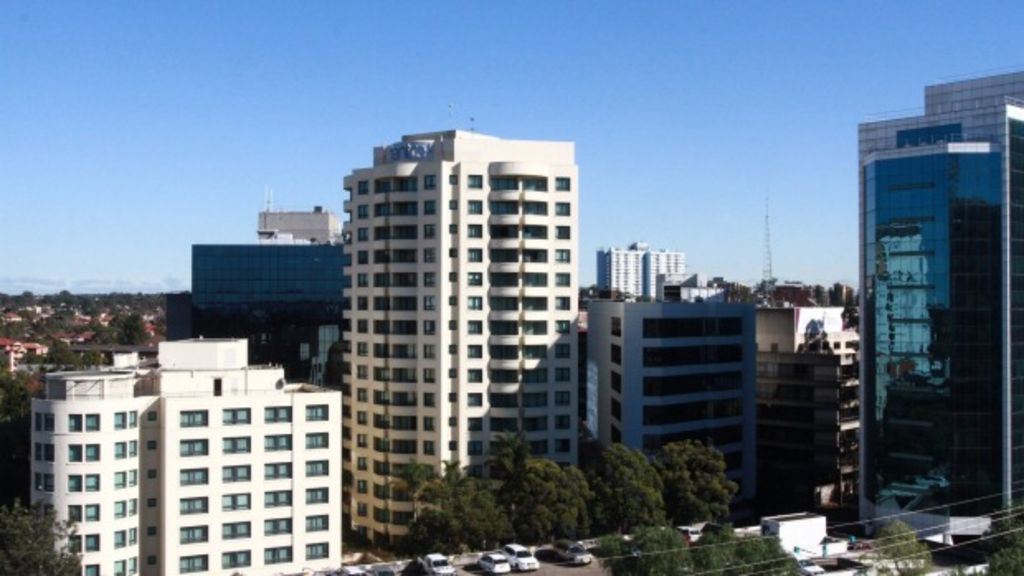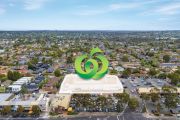
Sydney metro office rents surge
Asking rents in Sydney’s metropolitan office markets have surged by almost 14 per cent over the past 12 months as building withdrawals for residential and infrastructure projects force tenants to compete for a diminishing pool of available space.
The strong uplift in rents combined with significantly higher yields on offer compared with the CBD office market encouraged $2.3 billion of investment in Sydney metro office property over the first eight months of the year, up 20 per cent on the corresponding period in 2015.
This was more than half of the total $3.9 billion spent on metro assets on the Eastern Seaboard for the year to date, according to Colliers International’s latest Metro Office Research and Forecast Report.
John Marasco, Colliers International’s managing director of capital markets, said investors were paying increasing attention to non-CBD office assets as yields tightened in the CBD.
 A-grade net office rental growth.
A-grade net office rental growth.
“The focus and competition for prime office grades is moving into the metro markets. The recent tussle for control of GPT’s metropolitan office fund is a sign of the sentiment to come for securely leased, high-quality metropolitan assets, which is likely to lead to a further sharpening of yields,” Mr Marasco said.
A key factor in metro rents rising in Sydney was the more than 43,000 square metres of commercial space withdrawn between March and September for apartment conversion or to make way for new transport infrastructure. This compared with just 4000sq m withdrawn in the previous six months.
Also putting pressure on rents and incentives – down as much as 5 per cent in some Sydney metro markets – was a constrained pipeline due to developers grappling with new zoning changes in places like Macquarie Park, St Leonards and Chatswood.
Among the best performing Sydney markets were Parramatta, where the A-grade vacancy rate fell to zero and the City Fringe and South Sydney, where the A-grade vacancy rate dropped to 2.5 per cent and the average incentive below 20 per cent.
Subdued activity
In Melbourne, just under $1 billion was invested in metro office assets over the first nine months of the year, well up on last year, with asking rents rising 5.4 per cent over the past 12 months due to strong demand and restricted supply.
Rental growth was strongest on the City Fringe and Inner East on the back of “rising demand from creative, technology and business services firms”.
Brisbane’s metro office markets secured about $400 million of investment over the first nine months of the year, but asking rents fell by 6.5 per cent on subdued leasing activity. But with a lack of new stock in the pipeline, the consensus outlook for the Brisbane metro leasing market was “balanced” said Colliers International.
Luke Dixon, director of research at Colliers International, said metro office yields remain higher relative to their CBD counterparts (ranging from just over 7 per cent in Sydney, Melbourne and Adelaide to 8.3 per cent in Newcastle) and had compressed at a slower rate over the past three years – 60 basis points versus 120 bps in the CBD.
This was primarily due to metro markets attracting mostly domestic investor capital, whereas the CBD has attracted a high volume of both domestic and offshore capital competing for a small pool of assets.
But Mr Marasco said he expected momentum would tip back towards offshore investors in metro markets, with the likes of Deutsche Bank, Ascendas and BlackRock already active this year.
“Yield spreads will prove too attractive, and metropolitan spreads relative to CBD spreads will narrow under the weight of increasing investment,” he said.











